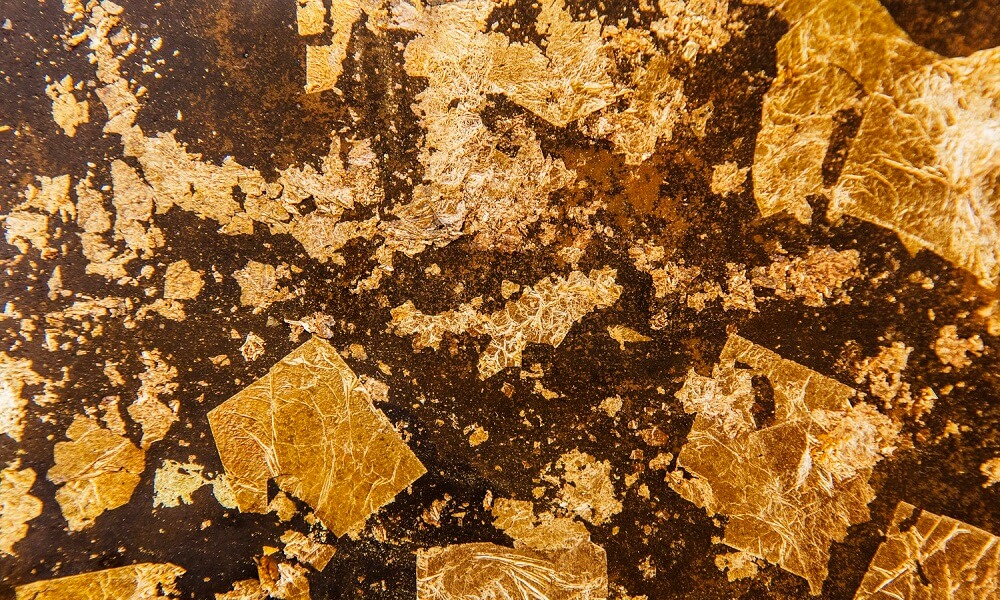Highlight 3D printing defects using gold nanoparticles: The new revolution
Posted By Lucie Gaget on Sep 19, 2018 | 0 comments
A new revolution is on its way: Researchers from the Vanderbilt University discovered a new way to find defects on a 3D printed part using gold nanoparticles. Additive manufacturing is amazing and allowing to give life to impressive projects. It is a way to improve your product development, but also your whole manufacturing process. But like all manufacturing techniques, there is sometimes defects, and some of them are not visible with a naked eye. 3D printing gold will not be only useful to print jewelry, here is the proof with an incredible new use of gold nanoparticles.
How to detect 3D printing defects with this technique? Why is gold the solution? All the answers to your questions are in this blog post.
Researchers discovered a new technique to see 3D printing defects
Additive manufacturing is constantly evolving, we are always talking about how it is useful for new applications, enabling to develop new materials and using new innovative techniques. But what about the quality?
Taking care of the quality of the 3D printed parts is essential but it takes time, and the human eye is not able to see all the very small details of the parts. That is why it happens to miss a defect on a 3D print. Quality control is obviously essential for 3D printing companies. Being able to detect invisible 3D printing problems really appears to be a huge advantage.
Researchers from the Vanderbilt, in Nashville Tennessee, developed a technique in order to improve these quality controls using… Gold nanoparticles. The researcher’s team is really interdisciplinary, including researchers from the departments of civil and environmental engineering, chemical and biomolecular engineering and chemistry. How is this technique working? How will it help the additive manufacturing industry?
3D printing using gold nanoparticles: How does it work?
Gold nanoparticles are actually used for various applications from electronics to biosynthesis researches. But now, gold nanoparticles could also be a new revolution for the whole 3D printing world. Indeed, gold could soon help you with your 3D printed projects.
Additive manufacturing is a reliable method, but defects can happen and, as we said, they are not always visible. This inspection technique lies in the optical properties of gold nanoparticles. These particles are really small, they are 100 000 times smaller than a human hair. These parts of gold are literally lightening up problems in 3D printed objects.
The technique is to infuse gold directly into the 3D printing polymer, thanks to a melting and mixing process.
Watch the video below to understand how this new process works:
Gold nanoparticles are mixed with a dissolved plastic polymer. When it dries, the plastic hardens and is pressed into gold nanoparticle-filled polymer filaments and could be used in standard desktop 3D printers.
The last step is to use a kind of scanner, a special UV-Vis spectrophotometer, to inspect the 3D printed parts and light up potential problems. It uses the optical properties of embedded gold nanoparticles to see defects in printed products, if there is a defect it will illuminate it.
Which problem can be detected thanks to this technique?
This technique is actually made to highlight one specific problem: missing layers. Why is a missing layer a problem? A lot of 3D printing processes are using a layer by layer technique to create their parts additively.
We could say that if it is not a visual anomaly, it is not really a problem, nobody will see a missing layer. But in reality, if layers are missing, the 3D printed part could be more fragile and break. Missing layers are clearly compromising the structural integrity of the parts. Here, it becomes a real problem both for the manufacturer and the customer.
Using this quality control method could be the perfect solution to create stronger parts in no time. Indeed, here is another advantage of this technique: it is really time-saving. The process is really simple and very quick, we could directly see where is the problem on the part.
https://all3dp.com/
What about the future of this innovative process?
For the moment, this experiment has been made using desktop 3D printers, but it could soon be applied to bigger 3D printers and could allow detecting problems on bigger parts.
Researchers are still working on this process and want to create a smart material, which could self-report defects.
The quality of 3D printing will necessarily be improved in the upcoming years, these kinds of quality controls will be the solution to avoid breakable parts and bad surprises for customers.
The result of this experiment is really opening new possibilities regarding the quality control processes. What do you think about this experiment? Let us know!
At Sculpteo, we want to offer our customer the best service and products possible. We are already offering you great tools to ensure the quality of your parts, like our “solidity check” tool. Upload your 3D file on our online 3D printing service, and try it out! It will scan your model and detect the parts of it that could be too fragile and break during or after the 3D printing process.
Don’t forget to subscribe to our newsletter to get all Sculpteo’s news and to know about all the latest 3D printing news!


 Connect with Google
Connect with Google Connect with Facebook
Connect with Facebook
